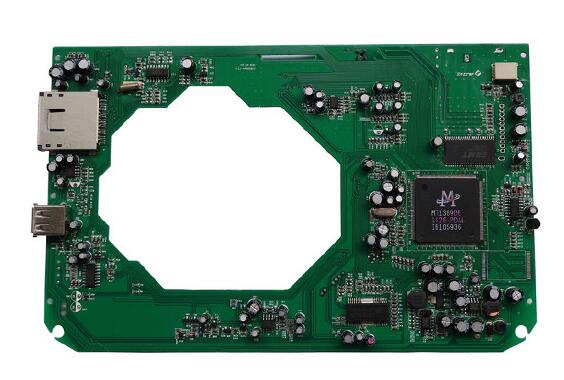In the pcba processing, when the surface tension of the solder is damaged, the surface mount components are poorly soldered. The main manifestation of poor wetting is that during the soldering process, the substrate solder joint and the solder do not react with each other after infiltration, resulting in less soldering or solder leakage.

The main causes of poor wetting are:
1. The surface of the soldering area is contaminated, the surface of the soldering area is stained with flux, or the surface of the chip component is formed with a metal compound. Will cause poor wetting. For example, sulfides on the surface of silver, oxides on the surface of tin, etc., may cause poor wetting.
2. When the residual metal in the solder exceeds 0.005%, the degree of flux activity is lowered, and poor wetting occurs.
3. When wave soldering, there is gas on the surface of the substrate, and it is easy to cause poor wetting.
The solutions to poor wetting are:
1. Strictly execute the corresponding welding process.
2, PCB board and component surface should be cleaned.
3. Choose the right solder and set a reasonable soldering temperature and time.
Contact: Lillian Zhu
Phone: 008613928048496
Tel: 0755-28628518
Email: leappcb@163.com,sales@leappcb.com
Add: Hongtian industry,baoan area,shenzhen city,guangdong ,china